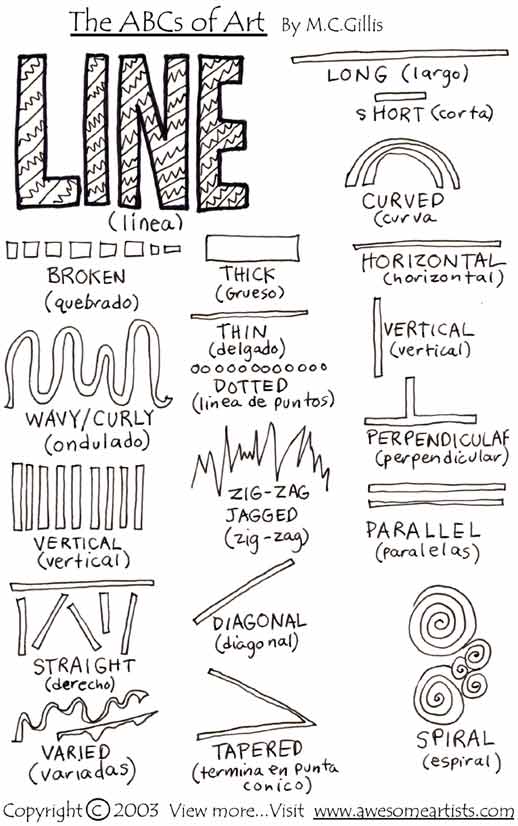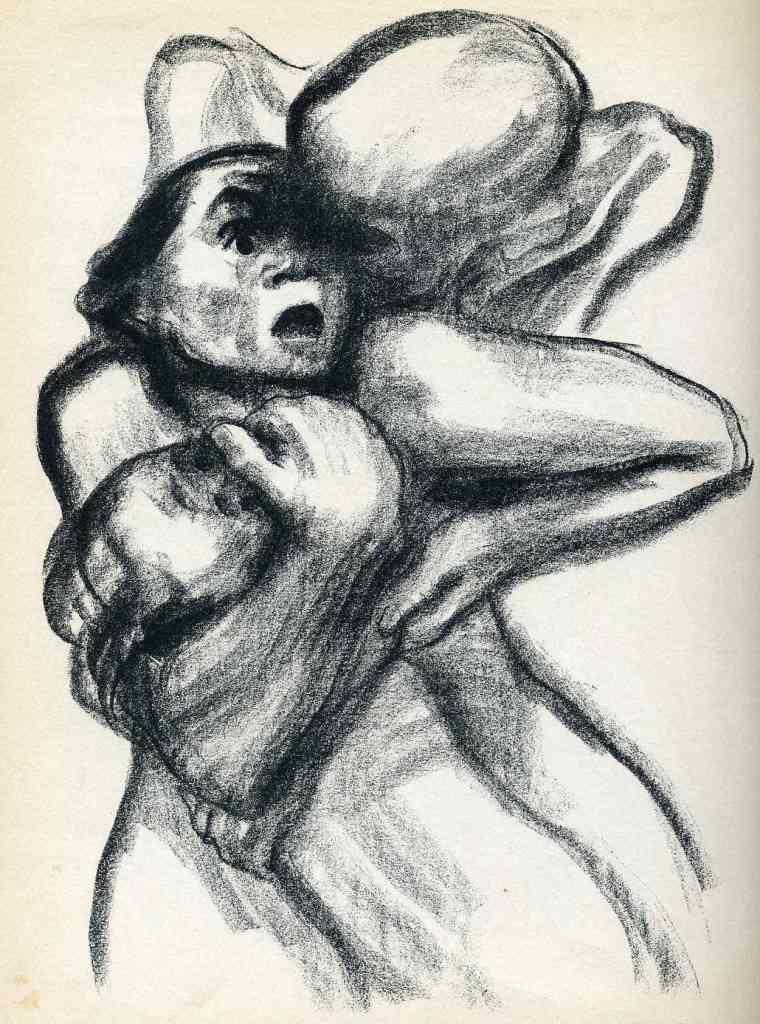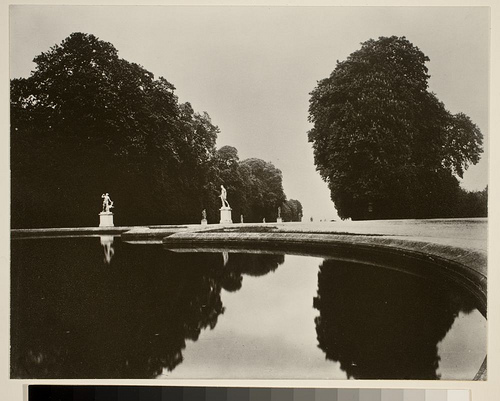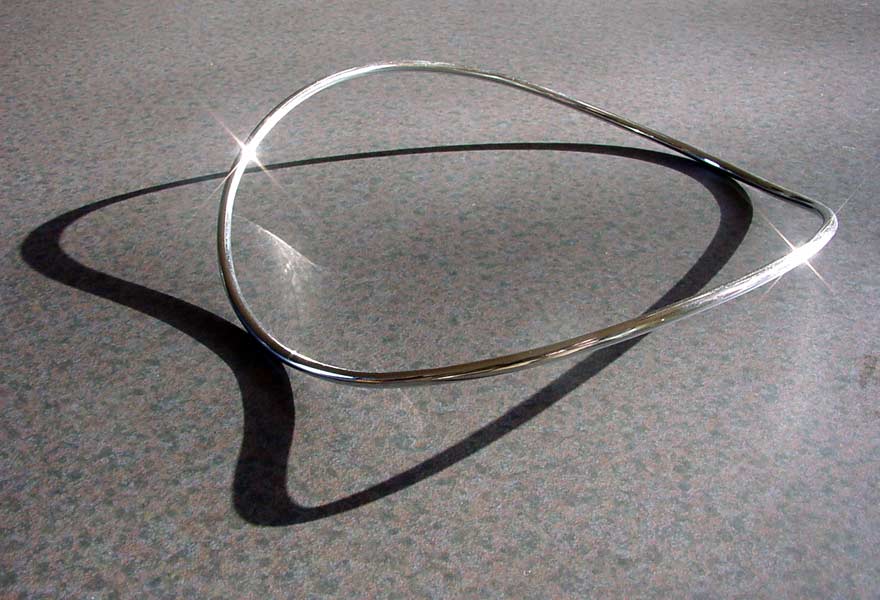Line
Line is the path of a point moving through space. As an art element, line pertains to the use of various marks, outlines and implied lines in artwork and design. A line has a width, direction, and length.[2] A line’s width is sometimes called its “thickness”. Lines are sometimes called “strokes”, especially when referring to lines in digital artwork.
Lines can be horizontal, vertical, or diagonal, straight or curved, thick or thin. They lead your eye around the composition and can communicate information through their character and direction.
FANCY TERM! – cur·vi·lin·e·ar – Formed, bounded, or characterized by curved lines.
Jacob Isaacksz Van Ruisdael Wheatfields
Horizontal lines suggest a feeling of rest or repose because objects parallel to the earth are at rest. In this landscape, horizontal lines also help give a sense of space. The lines delineate sections of the landscape, which recede into space. They also imply continuation of the landscape beyond the picture plane to the left and right.
Salisbury Cathedral England 1258
Vertical lines often communicate a sense of height because they are perpendicular to the earth, extending upwards toward the sky. In this church interior, vertical lines suggest spirituality, rising beyond human reach toward the heavens. Some say that this church interior is meant to intimidate its viewer. To instill a sense of shock and awe. To instill a sense of respect of fear of god and religion. One would feel small and insignificant standing in such an expansive space.
Commode 1790 by Adam Weisweiler
Stamped by Adam Weisweiler (French, 1744–1820)
Oak veneered with Japanese lacquer and European japanning, ebony, gilt-bronze mounts, violet brocatelle marble top.
Horizontal and vertical lines used in combination communicate stability and solidity. Rectilinear forms with 90-degree angles are structurally stable. This stability suggests permanence and reliability.
Death Seizing A Woman by Kathe Kollwitz 1934
Diagonal lines convey a feeling of movement, drama, or unrest. Objects in a diagonal position are unstable. Because they are neither vertical nor horizontal, they are either about to fall or are already in motion. The angles of line in this scene create drama and dynamism. Leading ones eye into the focal point of the woman’s terrified expression.
French, Saint-Cloud, Eugène Atget 1915 – 1919
The curve of a line can convey energy. Soft, shallow curves recall the curves of the human body and often have a pleasing, sensual quality and a softening effect on the composition. The edge of the pool in this photograph gently leads the eye to the sculptures on the horizon.
Line In Metal Sculpture Examples
Realistic Examples
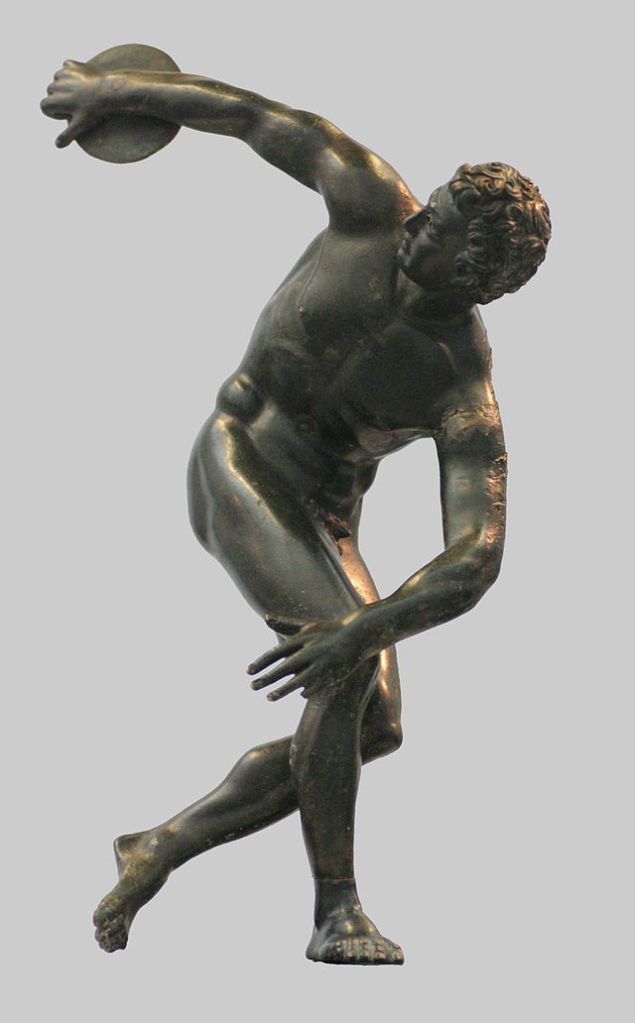 Roman copy of Myron’s Discus Thrower 2nd century bronze
Roman copy of Myron’s Discus Thrower 2nd century bronze
Abstract Examples
Chromed Copper by Lucien den Arend
Chromed Copper Lucien den Arend
Video Break
